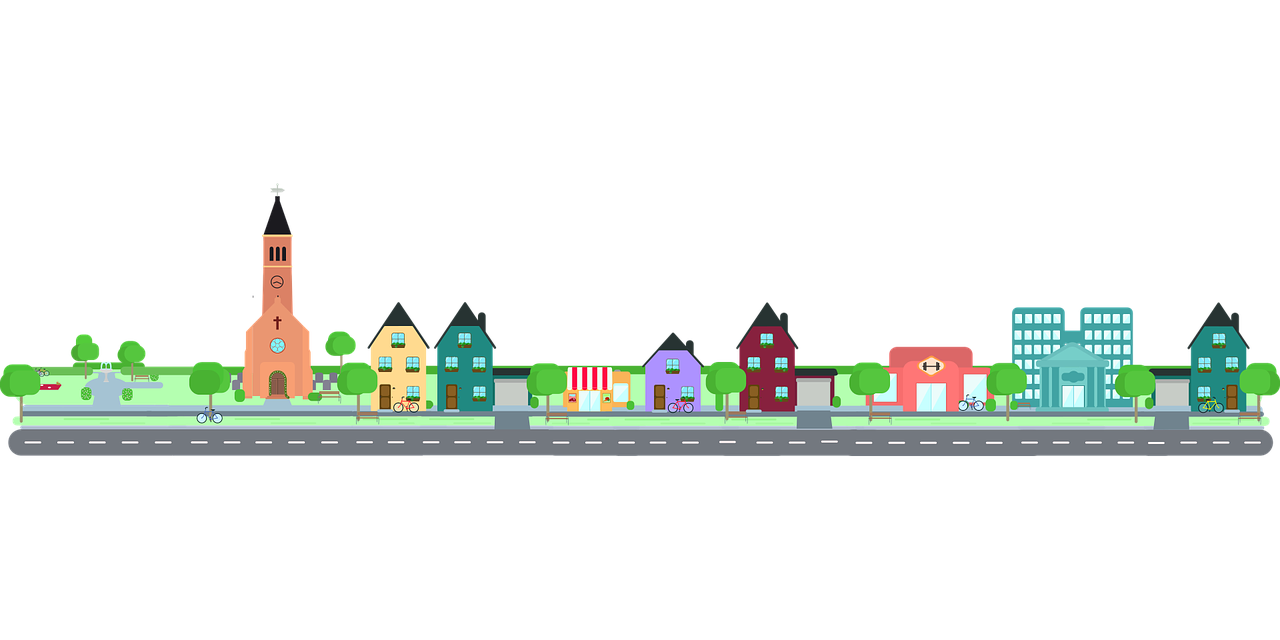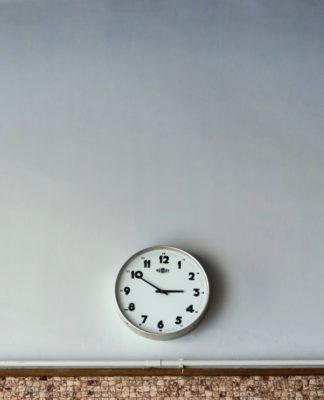Albert Lea lies about 90 miles south of the Twin Cities, and, as a quiet city with a population of around 18,000, probably isn’t often on your radar, and probably doesn’t come to mind when thinking of your next travel destination.
But Albert Lea deserves a place squarely in the spotlight as an example of great city planning in action, and as a potential model for future cities in Minnesota and beyond.
Albert Lea was once well below both the national and Minnesota standard for health indicators, ranking 68th out of 87 Minnesota counties. But, in just one year, Albert Lea was able to turn around both its flailing economy and the poor health of its residents to take the #3 spot on Realtor.com’s list for the Top 10 Affordable Small Towns Where You’d Actually Want to Live.
So, how did they do this? And in such a short amount of time?
Albert Lea was chosen in 2009 to be the first in the nation to test out the pilot program of the Blue Zones Project. Created by explorer and researcher, Dan Buettner, the Blue Zones Project is a health and longevity initiative that models the principles of communities around the world that have the longest living people and applies those principles to our own cities and communities.
(Buettner dubbed these regions with the longest living people the ‘Blue Zones’ and in his research, discovered the people in each Blue Zone practiced the same 9 lifestyle habits which center around community and social involvement, healthy food choices, and natural movement.)
According to the Blue Zones Project website, “Almost all Americans spend 90% of our lives within 20 miles of home.”
That’s a lot of time and moments of our lives spent in one place. That place should be a good one.

Albert Lea certainly thought so and decided they had nothing to lose. The town jumped on board to radically change their community. The Blue Zones Project follows a ‘quality of life’ and ‘people first’ design. The project focuses mainly on making permanent policy and city changes to optimize city streets, create bike lanes, sidewalks, improve public spaces such as parks and nature paths, and switch to healthier food choices in schools, restaurants, and grocery stores. They wanted to create an atmosphere in Albert Lea that encouraged natural movement (walking to the grocery store, school, work) and community gathering spaces (better parks, downtown centers).
The town added more than seven miles of new sidewalks, three miles of bike lanes, and created enjoyable public spaces. These changes created a domino effect which led to not only an increase in exercise, but generated more foot traffic for downtown businesses, which then attracted more businesses to the area creating opportunities for community engagement and also raised the property value in the downtown area by 25%.
The city also made changes to encourage healthy eating by expanding the community garden space by 150%, implementing a grab-n-go breakfast and healthy snack cart program in public schools, and adding more aisles of healthy foods in grocery stores.
By the end of the pilot project, adopting the Blue Zone model made a significant difference in Albert Lea:
-
90% increase in community satisfaction
-
40% drop in city worker healthcare costs
-
25% increase in property values
-
40% increase in biking and walking
-
3 additional years of life added to the participants’ life expectancy
-
Moved up from #68 to #45 in Minnesota County Health Rankings
A success indeed.
And we should all be so lucky. While you may not be ready to pack up and move down to Albert Lea, we can certainly take a few pages out of their book and implement the Blue Zones model in as many cities as possible to create thriving communities everywhere that are wonderful places to live, work, eat, and play.

















